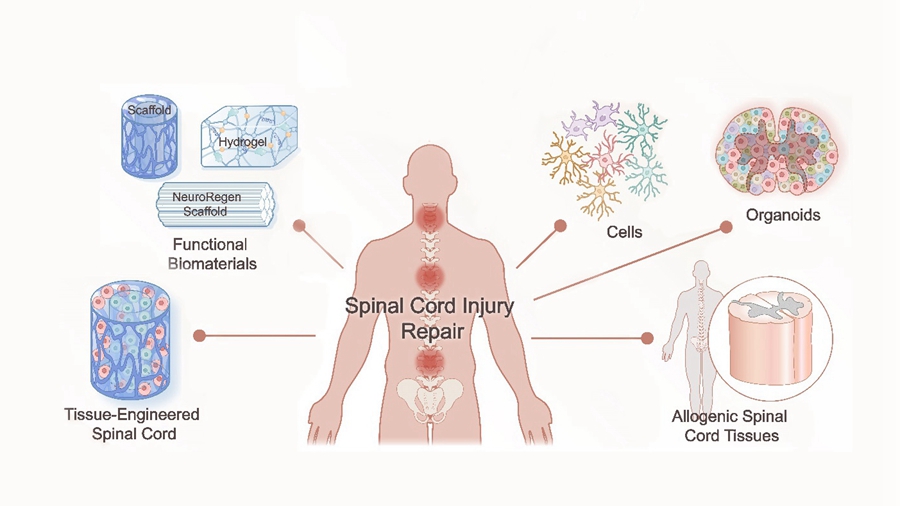Fig. 1. Researchers reviewed the current status, recent advances, challenges, and prospects of scaffold-based spinal cord injury repair from basic to clinical settings, providing a reference for further exploring new strategies for spinal cord regeneration. (Image by IGDB)
In a review article published on
Advanced Functional Materials, researchers led by Prof. DAI Jianwu have
systematically summarized the latest progress in the field of spinal cord regeneration and repair, and prospected the challenges and future development trends in this field, providing important guidance for the research and clinical translational application of spinal cord regeneration.In recent years, reconstruction of regenerative microenvironment and promotion of neural regeneration based on biomaterials have become one of the most promising and attracting areas of spinal cord injury treatment.
By focusing on the pathophysiological dynamic changes and inhibitory injury microenvironment after spinal cord injury, these researchers at the Institute of Genetics and Developmental Biology of the Chinese Academy of Sciences (CAS) have explored the underlying mechanism of spinal cord regeneration, providing theoretical basis and guidance for the development of effective treatment strategies.
"Comprehensive approaches based on biomaterials could provide topographical, biophysical, biochemical cues to regulate both intrinsic regeneration of neurons and extrinsic microenvironment to promote spinal cord injury repair," said Prof. DAI.
They demonstrated that implanting specific functional biomaterials in the injured area can enhance axonal regeneration and promote neural circuit generation by reshaping the spinal cord injury microenvironment.
Then they explored a new strategy to treat spinal cord injury by replacing the structure and function of damaged nerve tissue with adult spinal cord tissue transplantation.
They also reported the clinical investigations of the collagen neural regeneration scaffold products (NeuroRegen Scaffold) developed by Prof. DAI's team and have independent intellectual property rights in the treatment of spinal cord injury and exhibiting great potential in clinic.
The Regenerative Medicine Center, led by Prof. DAI, has gained international attention for its long-term commitment to spinal cord regeneration research and clinical transformation.
This work was supported by the National Natural Science Foundation of China, the Strategic Priority Research Program of CAS, and the Youth Innovation Promotion Association of CAS.
Fig. 2. Research history of the transplantation of spinal cord tissue grafts for spinal cord injury repair. (Image by IGDB)






